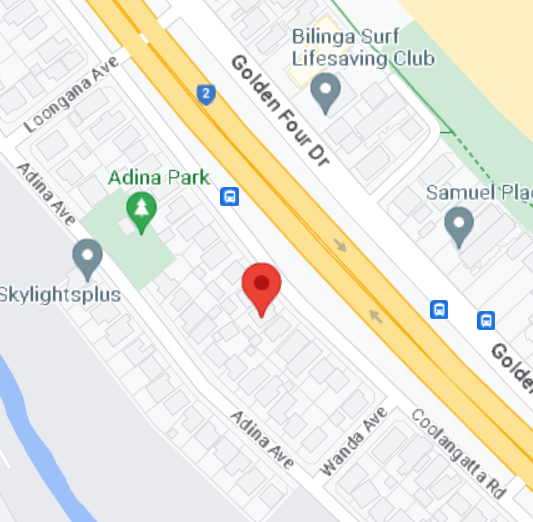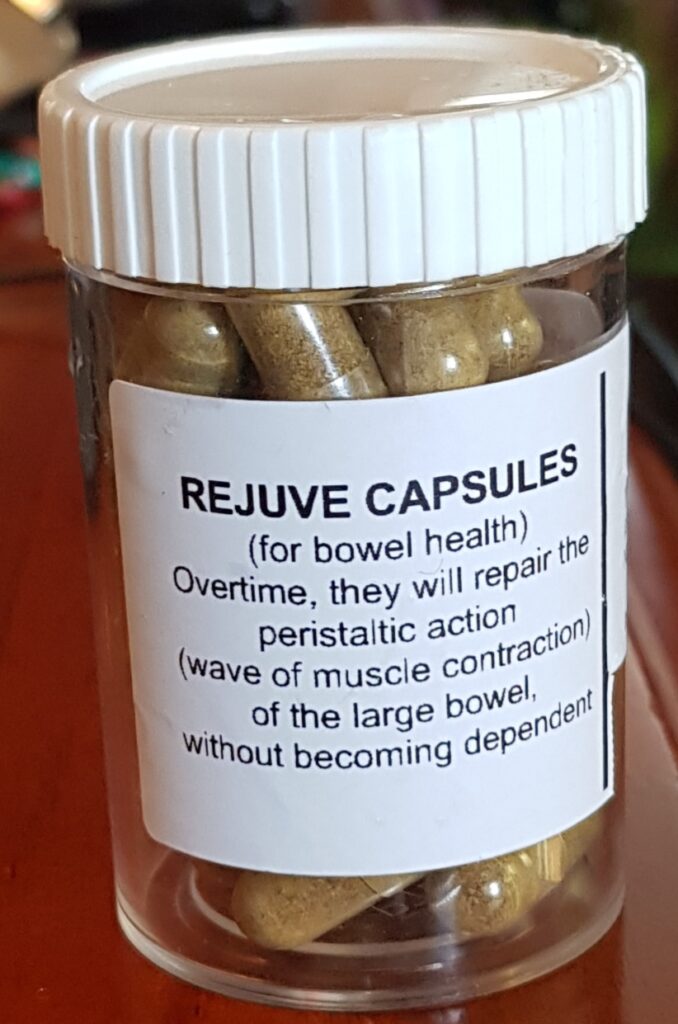Dear Sciatica Sufferer,
By the time you are done reading this advisory, you will know what you need to know to get quick and lasting relief from your sciatic pain.
Before you can begin to treat sciatica, you need to first understand what causes it.
Four Conditions Cause Sciatica… Which is Causing Your Pain?
Sciatic pain is simply caused by pressure being placed on the sciatic nerve and there are primarily four things that can create this… you may have one or more of the following conditions:
Condition #1 – Piriformis Syndrome
This is the most common cause of sciatic pain and is created when pressure is placed on the sciatic nerve by the piriformis muscle. Muscle imbalances pull the hip joints and pelvis out of place and this change of position typically shortens and tightens the piriformis muscle, which then places pressure on the sciatic nerve. Muscle imbalances will cause major problems and are the underlying cause of piriformis syndrome.
What The Heck Is a Muscle Imbalance Anyway?
When a muscle overpowers the opposing muscle, you have a muscle imbalance… Think Tug-of-War…
When your muscles are out of balance they pull your bones and joints out of their normal position and this places your muscles, bones and joints under constant stress and uneven pressure…
For example, the position and curvature of your spine is determined by numerous muscles and whether they are balanced or not… There are over 640 muscles in the human body! Nearly every muscle in the body affects your spine and if just one of these muscles are out of balance you’re in trouble…
What Your Body and a Automobile Have in Common…
So what the heck does this have to do with getting rid of sciatica?
Here’s a quick analogy that will show you how much alike the human body and an automobile are…
What happens when you drive your car with unbalanced tires or your steering out of alignment? Your tires will wear down unevenly and quicker than normal… and eventually you’ll have a blowout… the same is true for your body!
It’s critical for you to understand that your body alignment and mechanics are affected by your muscles and even the smallest muscle imbalance can, overtime, place tremendous amounts of uneven pressure and wear and tear on your body, especially the spine and it’s supporting muscles.
Condition #2 – Herniated Discs
Sciatica can also be caused by pressure on the nerve due to a herniated or bulging disc. A herniation is when a disc protrudes out from between the vertebrae and this can either be caused by an event like a car accident, or by months or years of uneven pressure due to muscle imbalances.
Plus, research has shown that in many cases, people live with herniated discs yet never have any back pain or symptoms. The point is, if you’ve been diagnosed with a herniated or bulging disc, it may not be what’s really causing your back pain! Even if you’ve had x-rays and MRI’s done that show a herniated disc, chances are still very good that it’s not the problem…The problem is, even if you were diagnosed with a herniated disc, you have to understand that if you don’t address what caused the disc to herniate in the first place, you’ll likely struggle with back pain or sciatica for years.
When your muscles pull your spine out of alignment, the uneven pressure and compression on your vertebrae wear down your discs much faster than normal…And it’s very important to note that your discs are NOT designed to be subjected to this constant, uneven stress and that’s why sooner or later they will begin to bulge or herniate…
Later we’ll cover the various treatments that are available for herniated discs and discuss what works and what doesn’t…
Condition #3 – Spinal Stenosis
Sciatica can also be caused by pressure on the nerve due to a narrowing of the spinal canal. There are several possible conditions that lead to spinal stenosis:
- Aging—With age, the body’s ligaments (tough connective tissues between the bones in the spine) can thicken. Spurs (small growths) may develop on the bones and into the spinal canal. The facet joints (flat surfaces on each vertebra that form the spinal column) also may begin to thicken.
- Trauma—Accidents and injuries may either dislocate the spine and the spinal canal or cause burst fractures that produce fragments of bone that penetrate the canal.
- Heredity—If the spinal canal is too small at birth, symptoms of spinal stenosis may show up in a relatively young person. Structural deformities of the involved vertebrae can cause narrowing of the spinal canal.
- Fluorosis—Fluorosis is an excessive level of fluoride in the body. It may result from chronic inhalation of industrial dusts or gases contaminated with fluorides, prolonged ingestion of water containing large amounts of fluorides, or accidental ingestion of fluoride-containing insecticides. The condition may lead to calcified spinal ligaments or softened bones and to degenerative conditions like spinal stenosis.
- The most important thing you can do if you are certain you have spinal stenosis is to ensure that you maintain as close to normal curvature in the spine. The more your spine is pulled out of place the tighter the space gets in the spinal canal…Identifying and addressing muscle imbalances is crucial!
Condition #4 – Isthmic Spondylolisthesis
Sciatica can also be caused by Isthmic spondylolisthesis, yet is much less common. Spondylolisthesis occurs when one vertebrae slips forward and places pressure on the adjacent vertebrae. This condition will produce both a gradual deterioration of the vertebrae in the lower spine and can also cause a narrowing of the spinal canal.
If abnormal motion allows this vertebrae to move back and forth nerves in the spinal canal may be affected causing pain, numbness, tingling or weakness in the legs. Many individuals who have this condition may not have symptoms while others may experience long term back pain and or sciatica.
Spondylolisthesis is most common in the lower spine. The most common cause is degenerative disease (like arthritis) and the slip usually occurs between the fourth and fifth lumbar vertebrae where there is the most curvature in the spine. Muscle imbalances play a major role in two ways:
- Degenerative diseases like arthritis are much more common in areas of the body where there is uneven pressure and wear and tear.
- Muscle imbalances increase the amount of curvature in the lower spine making this condition much more likely to come about.
Other causes of spondylolisthesis include stress fractures (which are often caused by repetitive hyper-extension of the back, commonly seen in gymnasts), and traumatic fractures. Spondylolisthesis may also occasionally be associated with bone diseases. As with the other three conditions, muscle imbalances have a lot to do with spondylolisthesis.
Use This Simple 3 Step Formula To Eliminate Your Sciatica…
Identify the Cause
The first thing you need to do is identify the dysfunctions you have and the muscle imbalances that have created it. You can do this by performing a series of what we call “self assessments”.
We have found that there are four primary dysfunctions that are either directly responsible for, or contribute to, nearly every single case of back pain or sciatica. And you will be able to easily identify them using the simple tests.
Once you’ve identified your dysfunctions and imbalances, then it’s time for step two.
Treat the Symptoms
You can’t correct the problem if your pain is so severe you can’t move. So in this step you’ll implement various strategies to help reduce and manage your pain so you can focus on correcting the dysfunction(s) that are responsible for your pain.
Then you’re on to step three, which is…
Treat the Cause and Condition
Remember, pain is just a warning signal from your body telling you that you need to fix a problem.
So in this step you work on treating the cause, which is the dysfunctions and the muscle imbalances that created it and also implementing additional treatments and strategies that are specific to the condition you may have been diagnosed with.
Beginning any treatment plan without first identifying all of the muscle imbalances is a recipe for failure and frustration. And unfortunately, that’s what typically happens in today’s medical community.
Hopefully at this point you are saying to yourself, this makes so much sense…Your most likely wondering what do I do Now? All this seems too complicated for me to do myself.
Then it’s time to see Alfio at Structural BodyWorks, who will assess the situation and come up with a treatment plan. Contact him Now! to arrange for an appointment. Either click Contact Us here or call 0414 356 567 or email alfsorb1@bigpond.com








